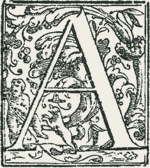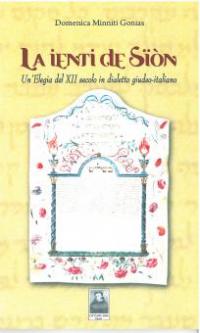La ienti de Sìòn. Un'Elegia del XII secolo in dialetto giudeo-italiano
Autore:
Domenica Minniti Gonias
This study focuses on a most popular text of Medieval Italian Jewry: the “Judeo-Italian Elegy of 12th Century”. The text, written in one of the many Italian dialects, but in Hebrew characters, is a Kinah (plur. Kinoth). The Kinoth were usually made of a certain number of verses, whose initial letters followed the Hebrew alphabet, so as to form an acrostic. Also, they were intended to be sung during the fast at “the ninth day of Ab”, to commemorate the destruction of the Holy Temples.
The “Judeo-Italian Elegy of 12th Century” starts with the lamentation for the massacre and the Diaspora of the people of Zion; thereafter, it concentrates on the episode of the encounter between the captured and slaved brother and sister, that is a kind of folkloristic tale taken from the Midrash Ekha Rabba; finally, the kinah ends with the invocation to God and the hope of returning to the lost land.
The “Elegy” is written in the Jewish-Italian vernacular, that was a kind of Jewish-Italian koiné (called italqian), spoken where Jewish communities were to be found throughout Italy and in the greek island of Corfou and eventually modified to the local phonetic differences. Although some authors noted that these features would not permit a precise localization, however this Kinah reflects features, which probably belong to central and southern Italian vernaculars and maybe to the dialect of the extreme part of the region Calabria.
Reggio Calabria, Città del sole, 2012




